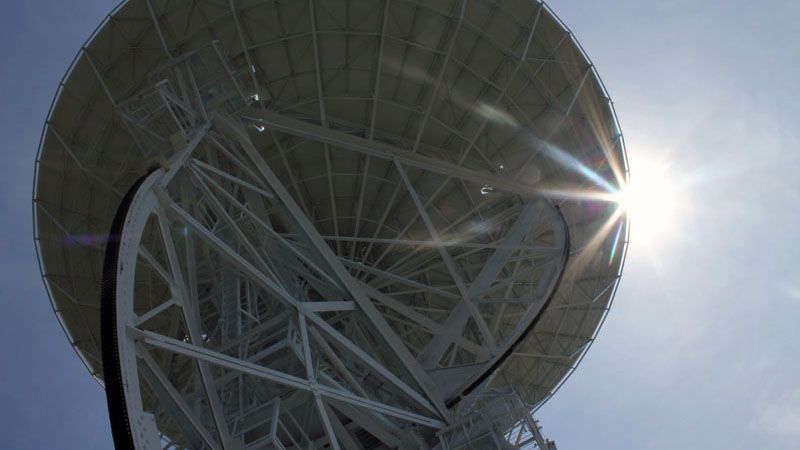When Herbert was introduced to PARI by his college professor, Don Smith, who took them on a field trip to the remote research institute in Rosman, NC, Herbert was excited to know there was a community and research institute full of people interested in the same topics as him, particularly optical astronomy.
Herbert studies Comet Photometry and Morphology. Comet Photometry uses telescopes and cameras to measure the brightness of a comet, which provides scientists with information about its surface, craters, pits, valleys and mountains. The brightness of comets are more difficult to map than stars because the data involves using the nuclear condensation, surrounding cloud or coma and one or more tails extending outward from the comet. Comet Morphology studies the projected velocity and direction of a comet, based on its orbit, trail and size.
What's the difference between a comet and a meteorite? A comet is a structure composed of ice, dust, and elements such as ammonia, carbon dioxide and methane, that orbits around the sun. As it comes close to the sun, the nucleus begins to melt and turn into gas, forming a coma, or cloud. The radiation from the sun pushes this cloud away from the center of the comet, forming a dust tail. The most famous comet, comet Halley, travels around the sun every 76 years, and will reappear in the year 2062. Meteorites on the other hand are solid rock formations found in space. When meteorites enter the earth's atmosphere they heat up and turn into a fire, and appear as a shooting star.
Visit the PARI Sky center for more information and up-to-date celestial news. Also recommended are NASA's page on comets or the Comet Photometry website.
